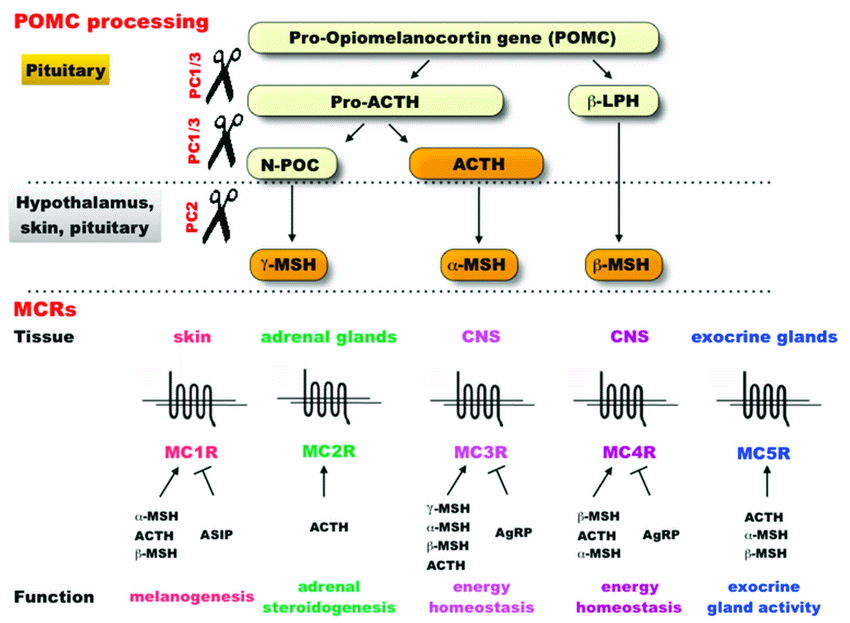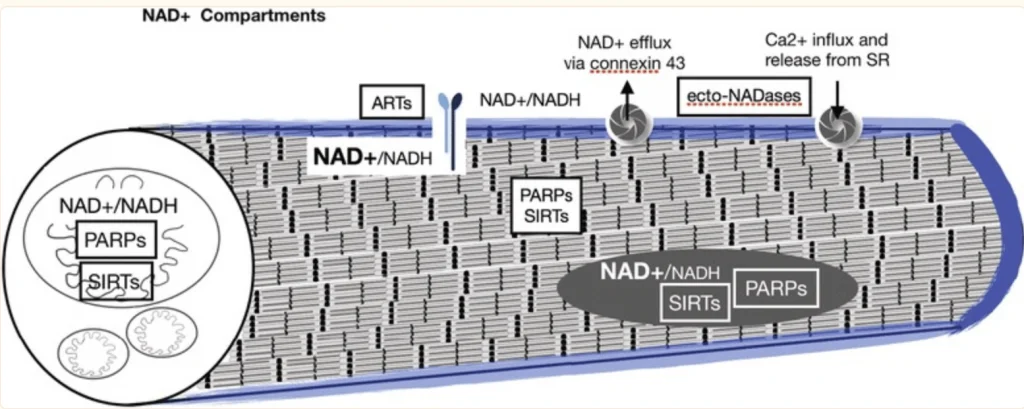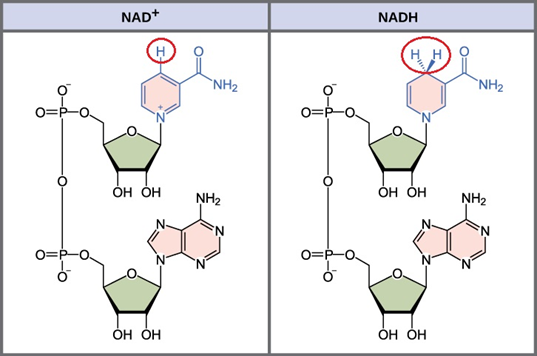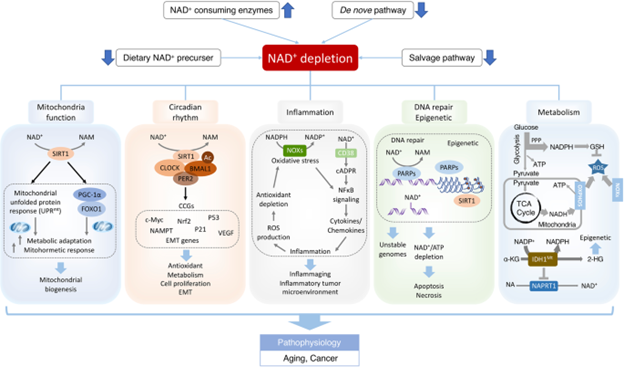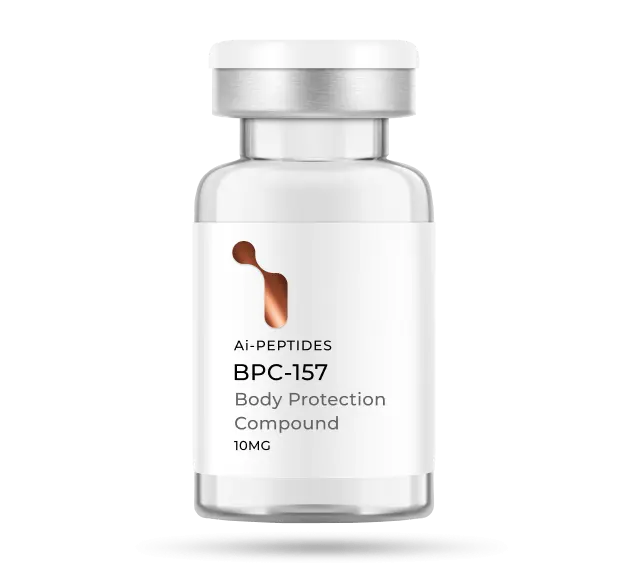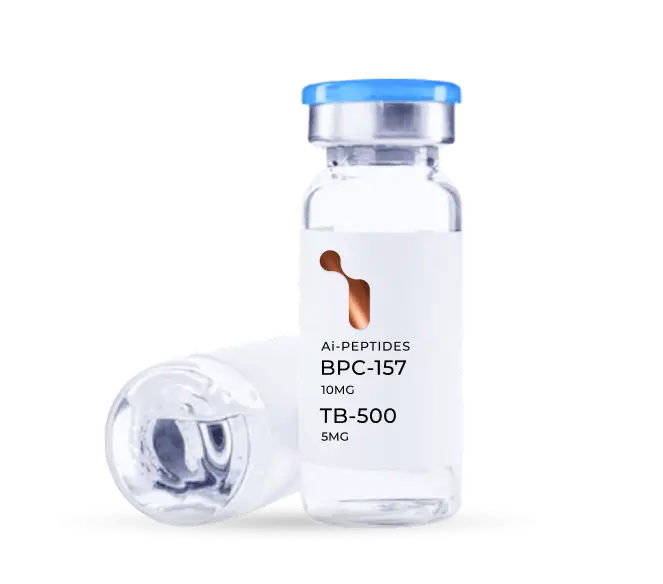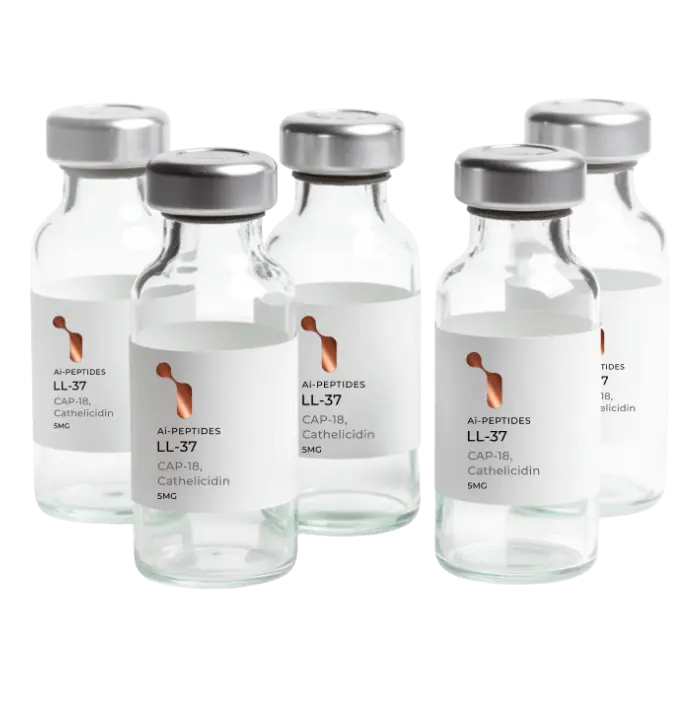Sermorelin Acetate and Aging
Growth hormone is a Goldilocks hormone, which is to say that it has an optimal level for producing the best outcomes. Too much GH increases morbidity and mortality, but so does too little. There is good evidence to suggest that at least part of the reason we age is because growth hormone levels decline over time, leaving us with sub-optimal levels of this important messenger. This decline in GH levels is referred to as somatopause and it has become a major focus of anti-aging science and research.
Somatopause is defined by the common symptoms we associate with aging: difficulty maintaining muscle mass, increased fat deposition, loss of bone density, declining energy and libido, higher cholesterol levels, and changes in skin texture and elasticity. Exercise helps to prevent these aging effects precisely because it keeps GH levels high, but more and more research suggests that exercise can only do so much to offset the roughly 40% decline in GH levels that occurs between the ages of 20 and 701. Supplementation may, in fact, be necessary to achieve optimal GH levels. This, ironically, increases exercise capacity, which makes it easier to maintain GH levels moving forward.
It was initially thought that Sermorelin and similar peptides simply reduced the effects of aging without actually prolonging life. For instance, Sermorelin improved muscle mass and body composition, but researchers thought it unlikely that the peptide could help us live longer. Research in mice, however, shows that Sermorelin, specifically, does improve longevity. The improvement is interesting however, as the research revealed a dramatic increase in average life expectancy but no change in maximum life expectancy2.
The above research is consistent with the idea that Sermorelin helps to maintain optimal body chemistry and thus maximizes lifespan. It does not extend maximum life expectancy, but it does help more individuals to get closer to their maximum lifespan. What is more, Sermorelin improves health and general function, meaning that individuals are more active and functional during their extended lives.
The benefits of Sermorelin in reducing the effects of aging include, but are not limited to:
- improved metabolism,
- improved body composition (more muscle and less fat),
- improved immune function,
- enhanced wound healing,
- better cardiac function, and
- improves sleep.
